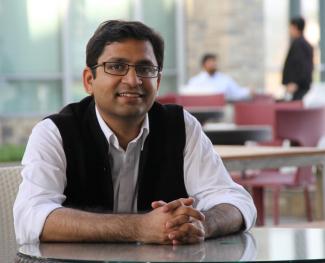Impact evaluation of school-based gender sensitization campaign
Despite two decades of rapid economic growth, outcomes for females in India continue to be considerably worse than those for males. Women tend to marry young and have children quickly, and face persistent barriers to mobility outside the home, labor force participation, and career development. Another troubling manifestation of gender bias is sex-selective abortion. In 2011, the child sex ratio (age 0 to 6) for the state of Haryana was an alarming 830 girls per 1,000 boys, reflecting widespread elimination of female fetuses and newborns as well as discrimination in providing nutrition and healthcare.
This research study is a randomized evaluation in four districts in Haryana, India, of a secondary-school-based attitude-change program aimed at reducing son preference in reproductive decisions and promoting gender equality more broadly. The premise of the intervention is that a promising way to reduce sex-selective abortion and other forms of gender bias is to shift the attitudes and norms of teenagers who are on the cusp of making marriage, fertility, and child investment decisions, and whose attitudes are still malleable.
The intervention is led by Breakthrough, a non-governmental organization focused on gender and human rights in India. Breakthrough’s approach is to both make a human-rights case for gender equity and to underscore pragmatic reasons to value women, for example, their economic contributions. The intervention will insert into the school curriculum activities and lessons that get students thinking and talking about gender equity, for example, in-class debates about whether girls should get as much education as boys. Breakthrough is developing the curricular material for conducting 1 to 2 lessons per month (over the 3 years that students will be part of the program) and will train and assist teachers in delivering these lessons. Breakthrough will also establish peer-led youth clubs in schools that will organize interactive awareness-building events such as plays and poster competitions. Simultaneously, Breakthrough will launch a media campaign to engage youth, using, for example, video vans, text messages, and games on cell phones.
The intervention targets female and male students in Classes 7 to 9. We will measure the impact of two years of exposure to the program in 150 treatment schools. Outcomes of students in the treatment schools will be compared to those of students in 164 control schools. The sample comprises approximately 13,000 students in total. The main outcomes are gender attitudes (both explicit and implicit measures), gender-related behaviors, and school enrollment. In addition, the study is powered for long-term tracking to measure impacts on marriage and fertility.





